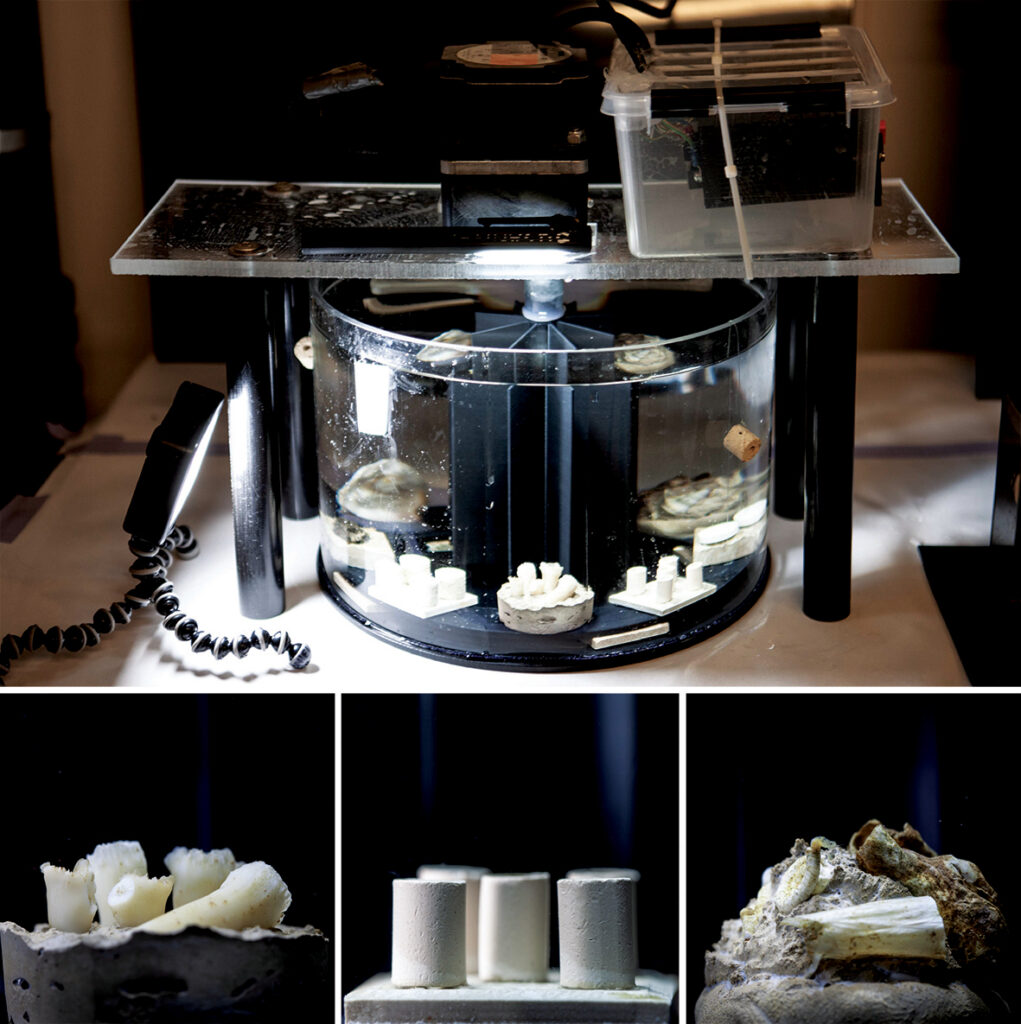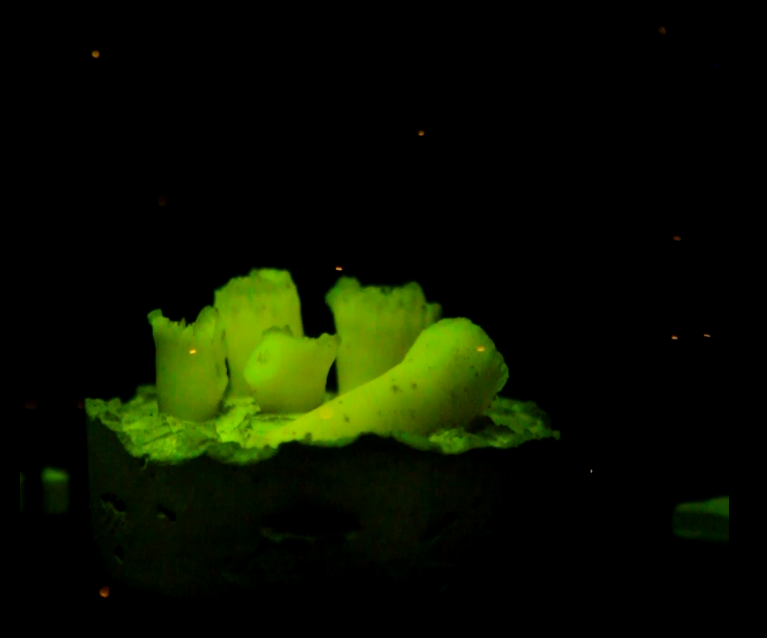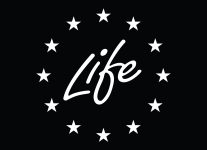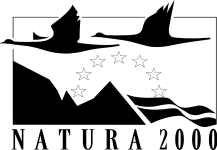
Photo: Susanna Strömberg
We have finished up another season of coral spawning (see video below) and experiments with larvae. The larvae have given us a hint on what type of materials and topographies they like so we know what the artificial reefs should look like. We have tested metallurgic slag, different cement mixtures, ceramic materials etc. and we have run experiments in both standing and turbulent water (figure 1). You can tell that the larvae are interested in a surface if they swim in close contact with the surface, sniffing around like a little dog. Since the larvae are so small (only 200-300 micro-meter) we use fluorescent stains to be able to see them. Carefully done, the staining will not affect the larvae negatively. After only 3–4 days all larvae had managed to settle, and none were found in the free water mass. Now we need to wait a few months until they have grown large enough to know if any of them have successfully transitioned to their lives as a polyp.
Coral spawning. Photo: Susanna Strömberg

Experiment with coloured larvae to see the interest of larvae to different substrates, here coral skeleton. Photo: Susanna Strömberg





